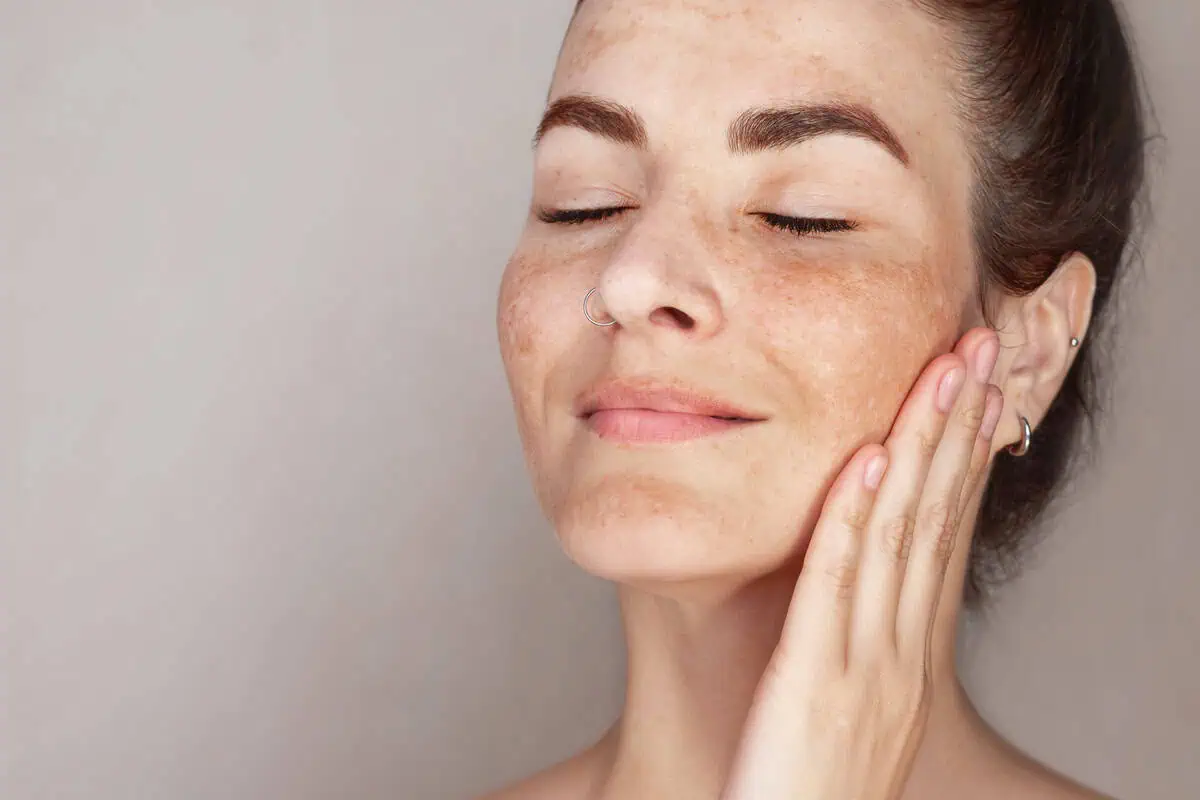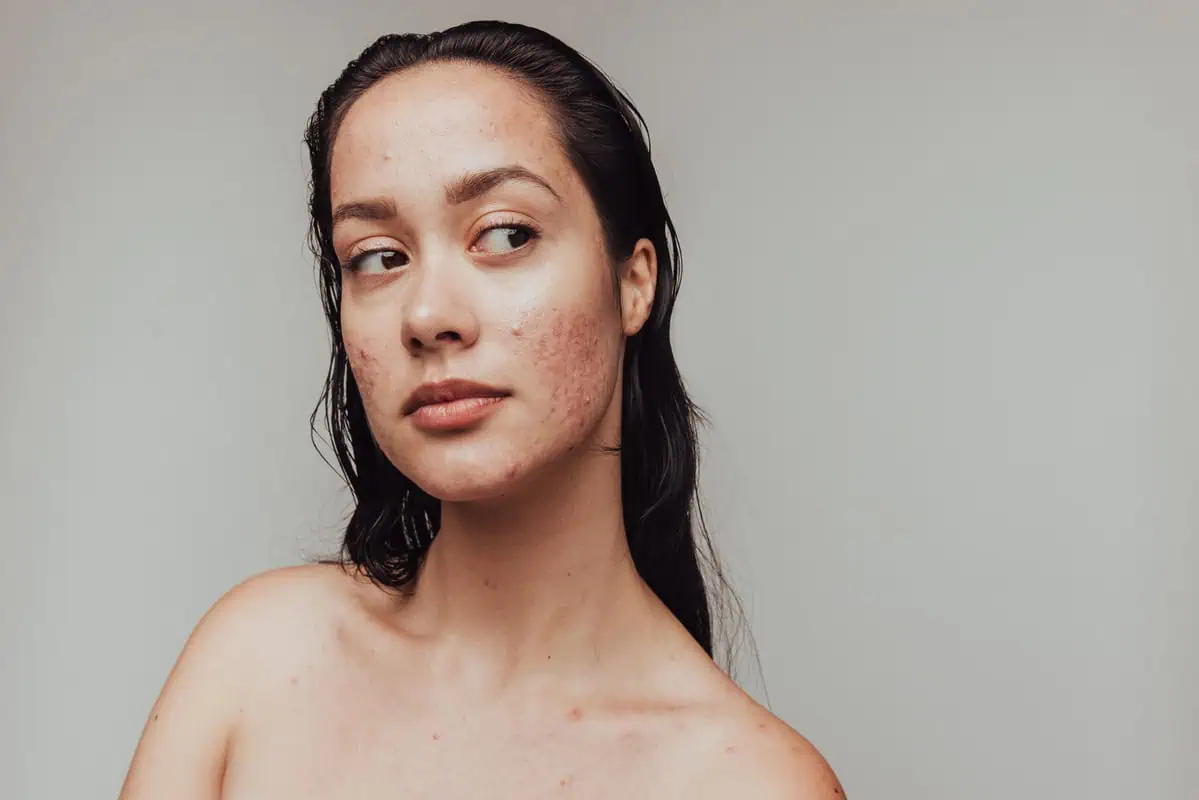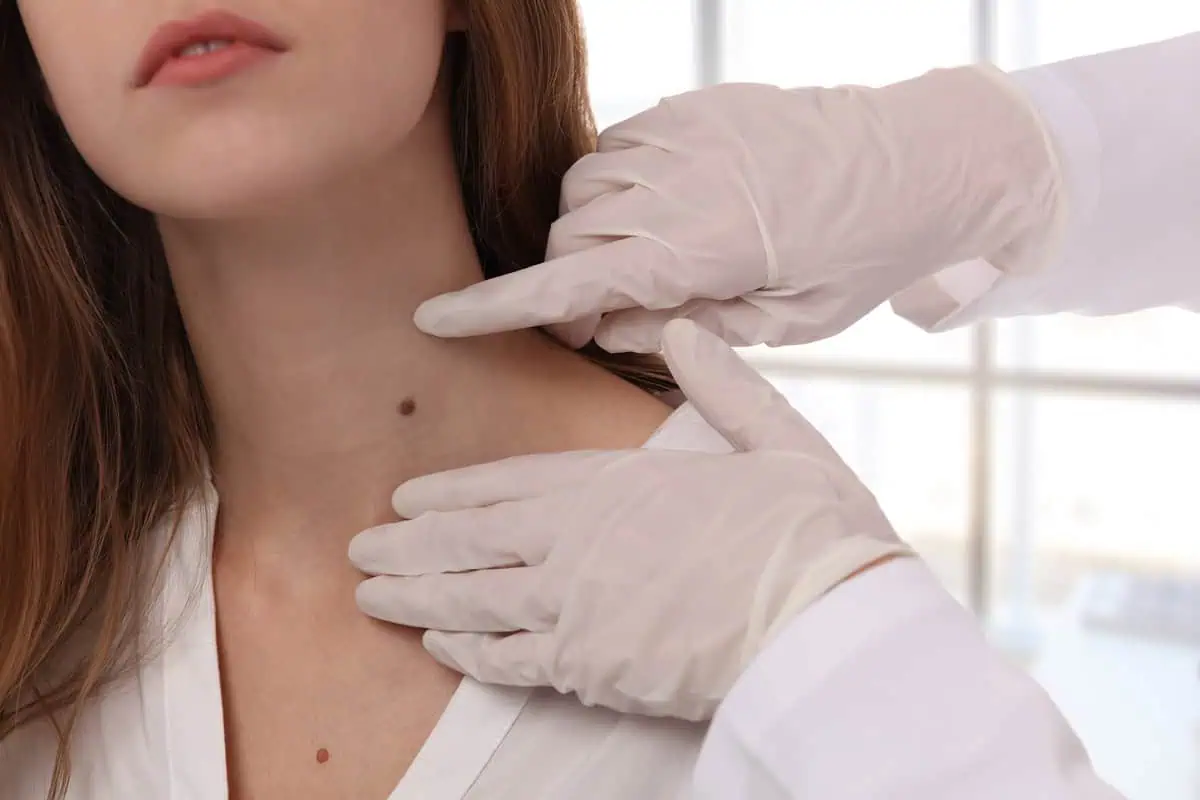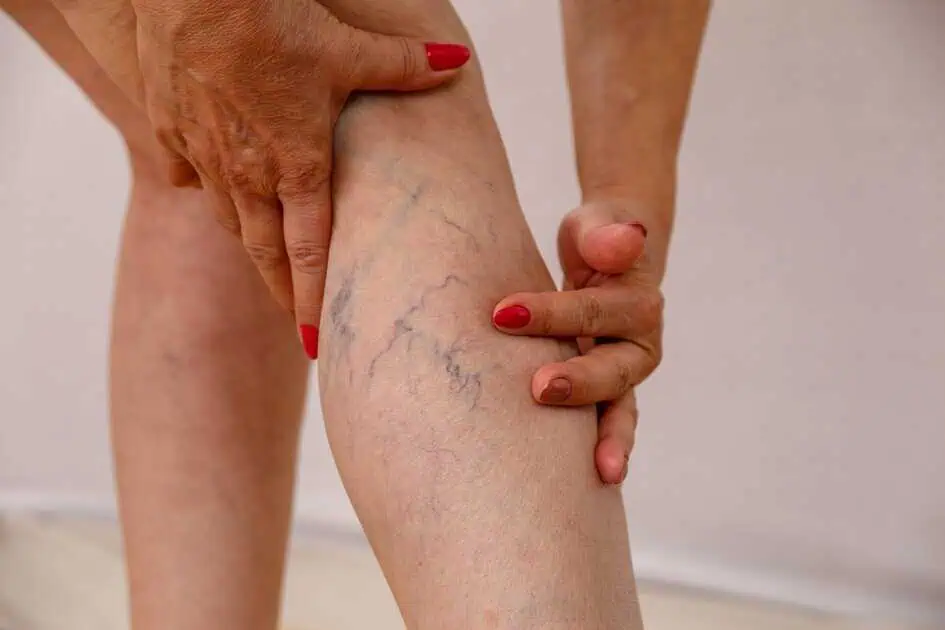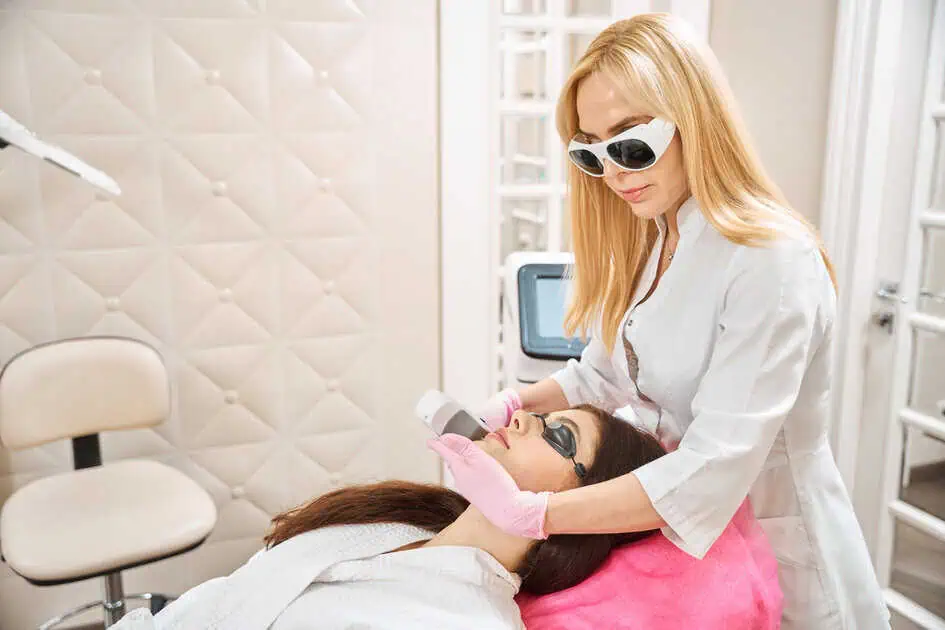Table of Contents
Brown spots—whether you call them age spots, sun spots, or simply areas of skin discoloration—are a common skin concern that can develop gradually or seem to appear overnight. While they’re usually harmless, their appearance can be frustrating, especially when they make skin look older or uneven in tone.
At Wave Medical Aesthetics, we help clients understand not only how to improve the appearance of brown spots but also what causes them in the first place. By identifying the root cause, you can take the right steps to protect your skin and maintain a clearer complexion for the long term. For those dealing with brown spots in Needham, MA, understanding their triggers is the first step toward prevention and treatment.
Brown Spots and Hyperpigmentation Explained
Brown spots form when melanin, the pigment responsible for skin color, is produced in excess or becomes concentrated in certain areas. This process is called hyperpigmentation, and it can be triggered by several different factors.
These spots vary in size, shape, and intensity of color, and they most often appear on areas that get regular sun exposure—like the face, neck, chest, shoulders, and hands. While many people associate them with aging, they can occur at almost any age, depending on lifestyle, genetics, and skin health.
Main Causes of Brown Spots on the Skin
Before looking at the specific triggers, it’s helpful to understand that most brown spots develop due to an overproduction or uneven distribution of melanin. This pigment response can be set off by different internal and external factors, and knowing these root causes is key to managing existing spots and preventing new ones from forming.
1. Sun Exposure and UV Damage
One of the most common causes of brown spots is ultraviolet (UV) radiation from the sun or tanning beds. UV light stimulates melanocytes, the cells that produce melanin, leading to darker patches over time.
Why it happens:
● When skin is exposed to UV rays, it produces more melanin to protect deeper layers from damage.
● Over years of exposure, this melanin can cluster, creating visible sun spots or solar lentigines.
Where they appear most:
● Face
● Back of the hands
● Shoulders and arms
● Upper chest
Even if you’ve been careful about sun protection in recent years, past sun damage can still show up later in life, which is why prevention and consistent sun safety are key.
2. Natural Aging
As the skin ages, its ability to regenerate and repair itself slows down. This reduced cell turnover means old pigmented cells remain on the surface longer, and melanin regulation becomes less efficient.
Aging-related brown spots often develop in the same sun-exposed areas mentioned above, which is why they’re commonly called age spots.
While aging itself doesn’t directly cause pigmentation, it amplifies the effects of past sun exposure and environmental damage, making spots more noticeable over time.
3. Hormonal Changes and Melasma
Hormonal fluctuations are another frequent cause of hyperpigmentation. Melasma is a type of brown or gray-brown pigmentation triggered by hormonal changes, often during pregnancy, menopause, or when starting hormonal birth control.
Key traits of melasma:
● Usually appears in symmetrical patterns on the face (forehead, cheeks, upper lip).
● Often worsens with sun exposure.
Hormones influence how melanocytes respond to sunlight, meaning even minimal UV exposure can trigger visible pigmentation in those prone to melasma.
4. Post-Inflammatory Hyperpigmentation (PIH)
If you’ve ever noticed a dark mark left behind after a pimple, scratch, burn, or rash, you’ve experienced post-inflammatory hyperpigmentation.
How it happens:
● When the skin heals from injury or inflammation, melanocytes may overproduce melanin as part of the repair process.
● The result is a flat, discolored spot that can linger for weeks or months.
PIH is common after acne breakouts, eczema flare-ups, or skin trauma. It’s also more common in people with medium to darker skin tones.
5. Genetics and Skin Type
Some people are naturally more prone to skin discoloration and brown spots because of their genetic makeup. If you have a family history of freckles, melasma, or sun spots, you may develop them more easily, especially when combined with environmental triggers like sun exposure.
Skin type also plays a role. Those with fair skin may see more sun spots, while those with deeper skin tones may experience more PIH or melasma.
6. Medications and Certain Health Conditions
Some medications can make skin more sensitive to sunlight or stimulate pigment production. These include:
● Certain antibiotics
● Nonsteroidal anti-inflammatory drugs (NSAIDs)
● Hormonal treatments
● Chemotherapy drugs
In rare cases, endocrine disorders like Addison’s disease or metabolic conditions such as insulin resistance can cause changes in pigmentation.
Lifestyle and Environmental Factors That Worsen Brown Spots
While genetics and natural aging are beyond our control, lifestyle choices can make brown spots more likely to form or deepen in color. Common contributing factors include:
● Skipping sunscreen: Daily UV protection is essential, even indoors or on cloudy days.
● Tanning beds: These deliver concentrated UV exposure, accelerating hyperpigmentation and skin aging.
● Overexposure to heat: High heat from saunas or hot yoga can worsen melasma.
● Skin picking: Increases the risk of PIH after acne or injuries.
● Exposure to harsh chemicals: Certain perfumes, essential oils, and cosmetic ingredients can cause photosensitivity.
Can Brown Spots Be Prevented?
While you can’t change your genetics, you can take steps to lower your risk and slow their development. For those already noticing visible discoloration, our brown spot treatment effectively treat freckles, sun damage, age spots, pigmentation, and more.
Daily SPF Protection:
Choose a broad-spectrum sunscreen with SPF 30 or higher, and reapply every 2 hours if outdoors.
Protective Clothing:
Wide-brimmed hats, sunglasses, and UPF-rated clothing help shield skin from UV rays.
Healthy Skin Habits:
● Avoid picking blemishes or scabs.
● Stay consistent with gentle exfoliation to promote cell turnover.
● Use antioxidant-rich skincare products to protect against free radical damage.
Be Aware of Triggers:
If you’re prone to melasma or PIH, take extra precautions during hormonal changes or after skin irritation.
When to Seek Professional Guidance
Most brown spots are harmless, but it’s important to monitor any changes in size, shape, or color. A dermatologist or qualified aesthetic provider should examine spots that:
● Appear suddenly without a clear cause
● Have irregular borders or multiple colors
● Change rapidly in size or shape
At Wave Medical Aesthetics, we evaluate skin concerns to determine the safest and most effective approach. If you’re dealing with brown spots in Needham, MA, understanding the cause is the first step toward improving their appearance.
How Wave Medical Aesthetics Can Help
While this blog focuses on the causes of brown spots, knowing what’s behind them also helps us recommend targeted treatments. Our team offers advanced options, including IPL PhotoFacial, which addresses pigment irregularities caused by sun damage, aging, and more. Learn more about our brown spot treatments in Needham, MA.
By combining professional treatments with preventive skincare, we can help reduce the look of existing spots and slow the formation of new ones.
Taking Control of Your Skin’s Future
Brown spots don’t have to be a permanent feature. By identifying the causes—whether sun spots, hormonal changes, or post-inflammatory marks—you can take proactive steps to protect your skin and maintain a more even tone.
If you’re ready to explore safe, effective options for addressing skin discoloration, Wave Medical Aesthetics is here to guide you with personalized recommendations and professional care.
Ready to learn more about your skin?
Book a consultation to explore your treatment options and discover how we can help you reveal a brighter, more even complexion while preventing future hyperpigmentation. Our team will guide you toward a personalized plan designed to fit your skin’s unique needs. You’ll gain clarity on the best steps to achieve lasting results.

